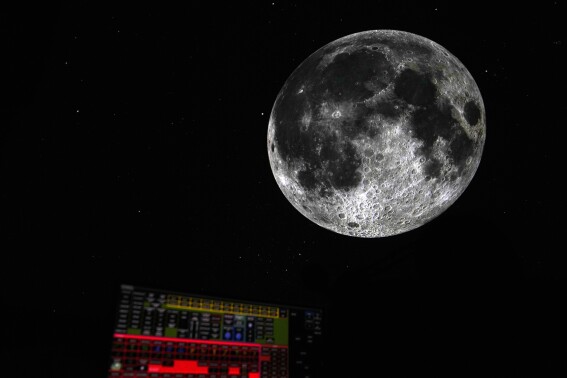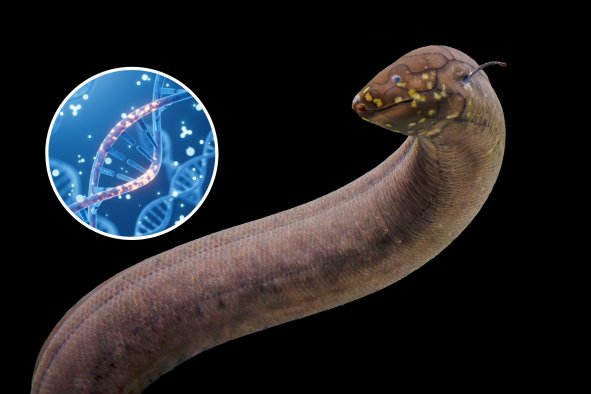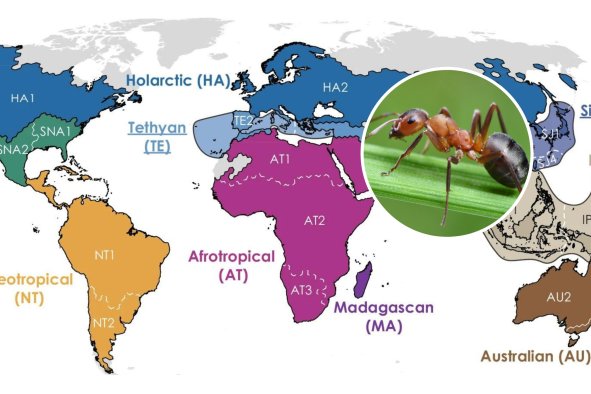We may finally have figured out where the asteroid that killed the dinosaurs actually came from.
The discovery pinpoints the impactor's origins and reveals key insights into its chemical composition, finding it to be a rare, carbon-rich space rock from beyond Jupiter. The findings help resolve a long-standing debate over the nature of this apocalyptic asteroid while reshaping our understanding of our planet's history.
"The Chicxulub impact—leading to the largest recent mass extinction, the demise of the dinosaurs, and the rise of the mammals—was likely something relatively rare and perhaps even unique," Steven Goderis, a research professor in geochemistry at Vrije Universiteit Brussel and one of the study's co-authors, told Newsweek. "You could say the underlying processes were set in motion not long after the formation of the Solar System."
Asteroids are the rocky remnants of the formation of our solar system roughly 4.6 billion years ago. They range in size from 329 miles in diameter to less than 33 feet.
The majority of asteroids fall into one of three categories: carbonaceous, or carbon-rich; salicaceous, or rich in metal silicates; and metallic, which are mostly made up of iron. Carbonaceous are the most common, representing roughly 75 percent of known asteroids, according to NASA.
Goderis said that the composition of different asteroids likely represents material from the inner and outer solar systems, with carbonaceous rocks further away.
"Current models suggest that this is likely linked to the rapid growth of Jupiter, which prevented large-scale migration of material from inside and outside its orbit," he said.
Jupiter is thought to have migrated inward and then bounced back again, bringing these distant, carbonaceous rocks into the inner solar system. And this is where the Chicxulub impactor comes in.
The Chicxulub impactor was an enormous, 10-kilometer-wide asteroid that slammed into our planet in what is now the Gulf of Mexico roughly 66 million years ago. The asteroid produced a 100 million megaton blast and is thought to have triggered a cascade of events that led to the demise of the dinosaurs.
The impact completely obliterated the asteroid, but by studying samples from the impact site dating back to this time period, Goderis and colleagues have gained new insights into the space rock's composition.
"Based on ruthenium isotope ratios, we could deduce that Chicxulub has a [carbonaceous] heritage, having originally formed in the outer Solar System," Goderis said. "This is distinct from any other impact structures that formed in the last 500 million years or so and that were measured for ruthenium isotope ratios to date, which all indicate an inner Solar System origin."
These findings, published in the journal Science, are also inconsistent with previous theories that the impactor was, in fact, a comet (a cosmic ball of ice and dust).
Goderis added that we are still learning a lot about asteroids and their formation, and developing this understanding will help in the evaluation and deflection of near-Earth objects in the future.
"Although Chicxulub-sized impacts by kilometer-sized asteroids causing mass extinction events are rare, small- and medium-sized asteroids in the range of 100 meters are far more common in the Solar System and can cause destruction on a regional to national scale," he said. "This stresses the importance of planetary defense missions, such as the NASA/ESA DART/HERA space mission...to increase our understanding of asteroid geophysics and impact processes."
Do you have a tip on a science story that Newsweek should be covering? Do you have a question about asteroids? Let us know via science@newsweek.com.
References
Fischer-Gödde, M., Tusch, J., Goderis, S., Bragagni, A., Mohr-Westheide, T., Messling, N., Elfers, B., Schmitz, B., Reimold, W. U., Maier, W. D., Claeys, P., Koeberl, C., Tissot, F. L. H., Bizzarro, M., & Münker, C. (2024). Ruthenium isotopes show the Chicxulub impactor was a carbonaceous-type asteroid. Science, 385(6710). https://doi.org/10.1126/science.adk4868
Disclaimer: The copyright of this article belongs to the original author. Reposting this article is solely for the purpose of information dissemination and does not constitute any investment advice. If there is any infringement, please contact us immediately. We will make corrections or deletions as necessary. Thank you.




